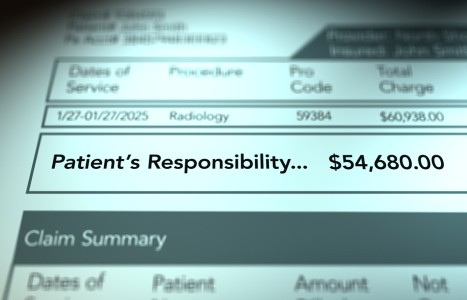On Oct. 21, 2025, a judge in Florida issued a groundbreaking decision in Complete Care v State Farm, 25-CA-1063. It concerns a fact pattern that many chiropractic doctors have faced wherein an insurer, such as State Farm or Allstate, decides to simply stop paying all claims submitted by a healthcare provider.
| Digital ExclusiveThe Concussion-Subluxation Complex
In the Aug. 1, 2014 issue of Dynamic Chiropractic, I reviewed some of the literature demonstrating the role of the chiropractic adjustment in post-concussive care.1 A year later, I presented a series of brief cases demonstrating patient improvement in reverse digit span – an outcome measure related to attention span – under chiropractic care.2 This series included patients with and without concussion. In the process of preparing these articles, as well as organizing material for postgraduate courses, I naturally found myself reviewing much of the biomedical and chiropractic clinical literature relevant to concussion and the vertebral subluxation complex (as defined in Redwood, 1997).3 Let's try a few simple thought experiments and then discuss why a new classification term – the concussion-subluxation complex – may be warranted.
Two Thought Experiments
Try these two thought experiments (experiments conducted entirely within the confines of your own mind); I believe the results will speak for themselves.
- Thought Experiment #1: Imagine every possible injury that could cause a concussion. What percentage of these injuries left the vertebral column unharmed and unsubluxated?
- Thought Experiment #2: I invite you to examine the table. The clinical features of concussion are drawn from the Zurich Statement (McCrory, et al., 2012),4 the Centers for Disease Control and Prevention (CDC),5 Eckner, et al. (2011 and 2013),6-7 and Kontos, et al. (2013).8 I have left the column labeled "Vertebral Subluxation Complex" blank. Based on your personal clinical experience, and your understanding of the clinical literature and basic science, please fill in this column. How many times did you write "No"?
References
November 2015
Trending
Billing / Fees / Insurance
Michael J. Schroeder, Esq.
Personal Injury / Legal
Recent laws in New Jersey and California represent a disturbing trend that will negatively impact a practice’s ability to collect monies from patients, as well as expose them to significant penalties if the practice does not follow the mandatory guidelines to a T. Please be aware that a similar law may be coming to your state. The time to act is before the law is passed.
Jeff Randolph, Esq.;
Michael Coates
News / Profession
Southern California University of Health Sciences has entered into an agreement with Pacific College of Health and Science whereby PCHS’ San Diego and Chicago campuses – including students, faculty, staff, and academic programs – will join SCU effective May 2026, pending regulatory approval. Founded in 1986 as Pacific College of Oriental Medicine, PCHS is not only the largest acupuncture / herbal medicine school in the U.S., but also offers integrative health curriculum in holistic nursing and massage therapy. | Digital Exclusive
Dynamic Chiropractic Staff
|


